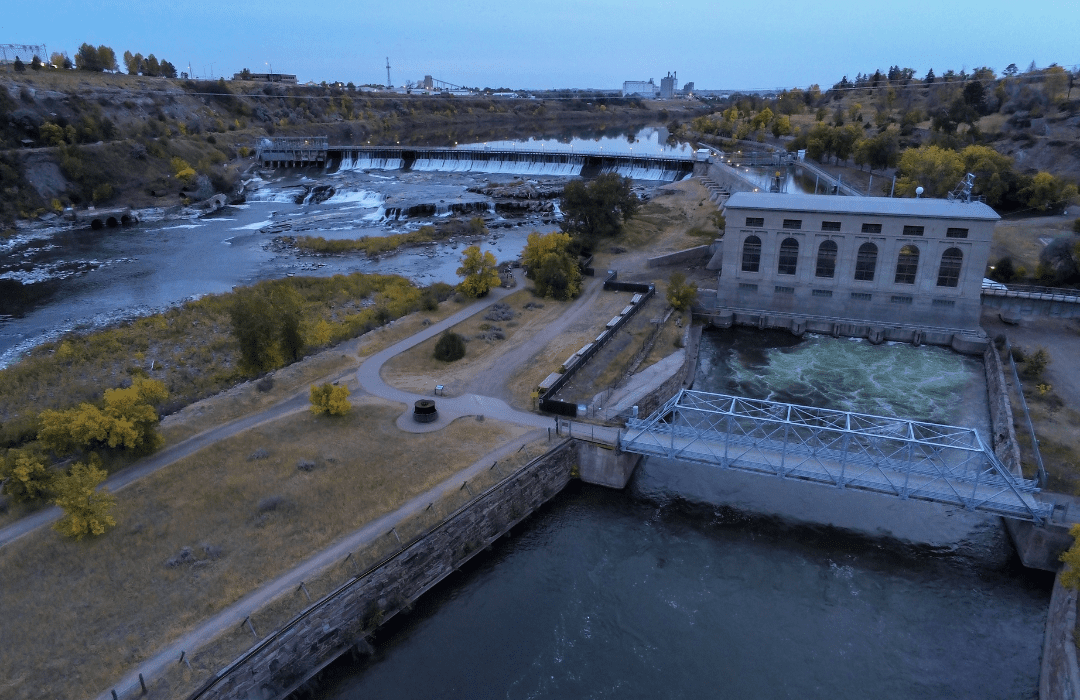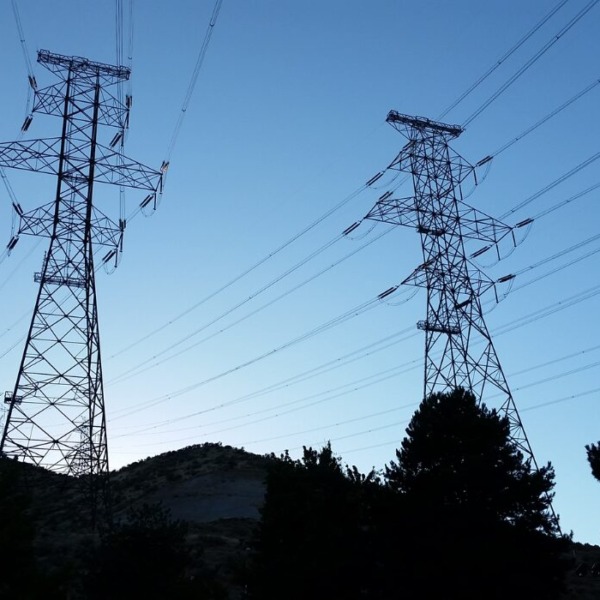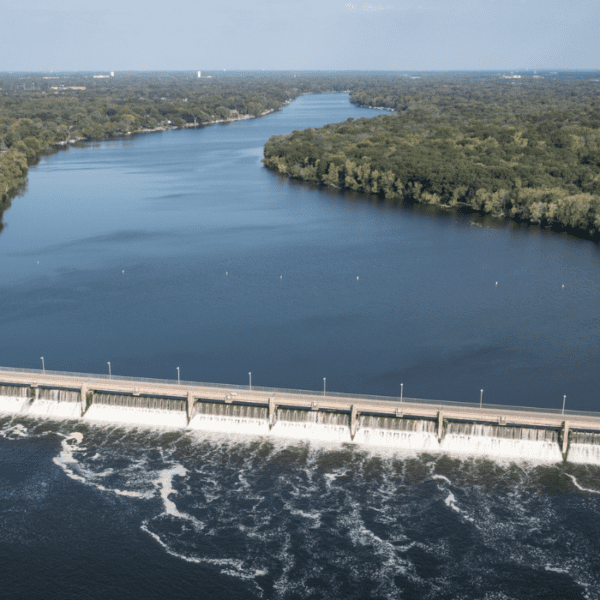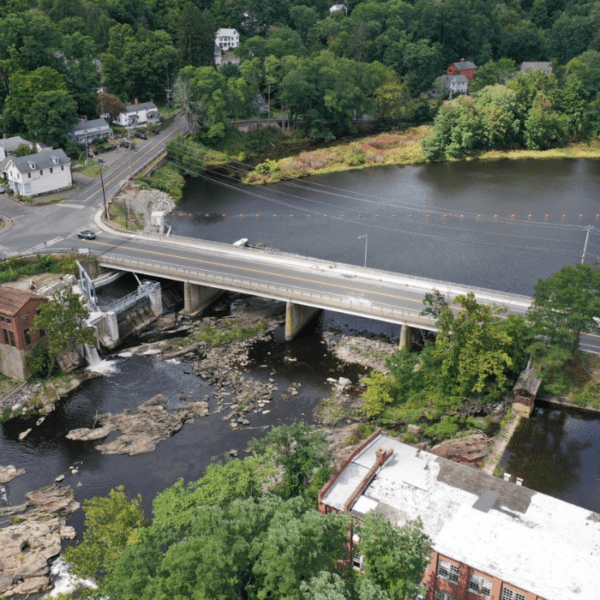*Editor’s Note: This article originally appeared in NorthWestern Energy’s Bright Magazine in May of 2022
When the Madison hydroelectric facility was built in 1905 and 1906, rotors arrived at the dam on wagons pulled by a team of horses. It’s hard to imagine the dam and powerhouse could have been engineered and built without today’s modern equipment and technology.
Those rotors that arrived via true horse-power produced electricity for more than 100 years.
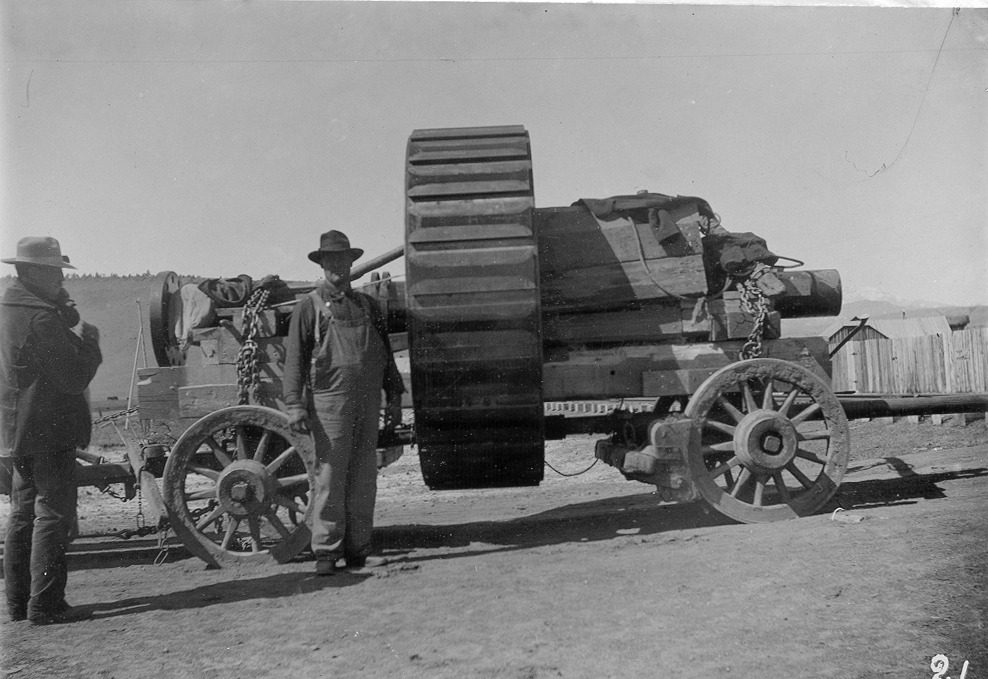
Historic photos from the Madison plant.
Earlier this year, NorthWestern Energy completed an upgrade of the Madison Powerhouse replacing the four generator units. This brought the generation capacity of Madison from 8 megawatts to 12, which allows us to produce more clean, carbon-free energy without building a new hydro facility.
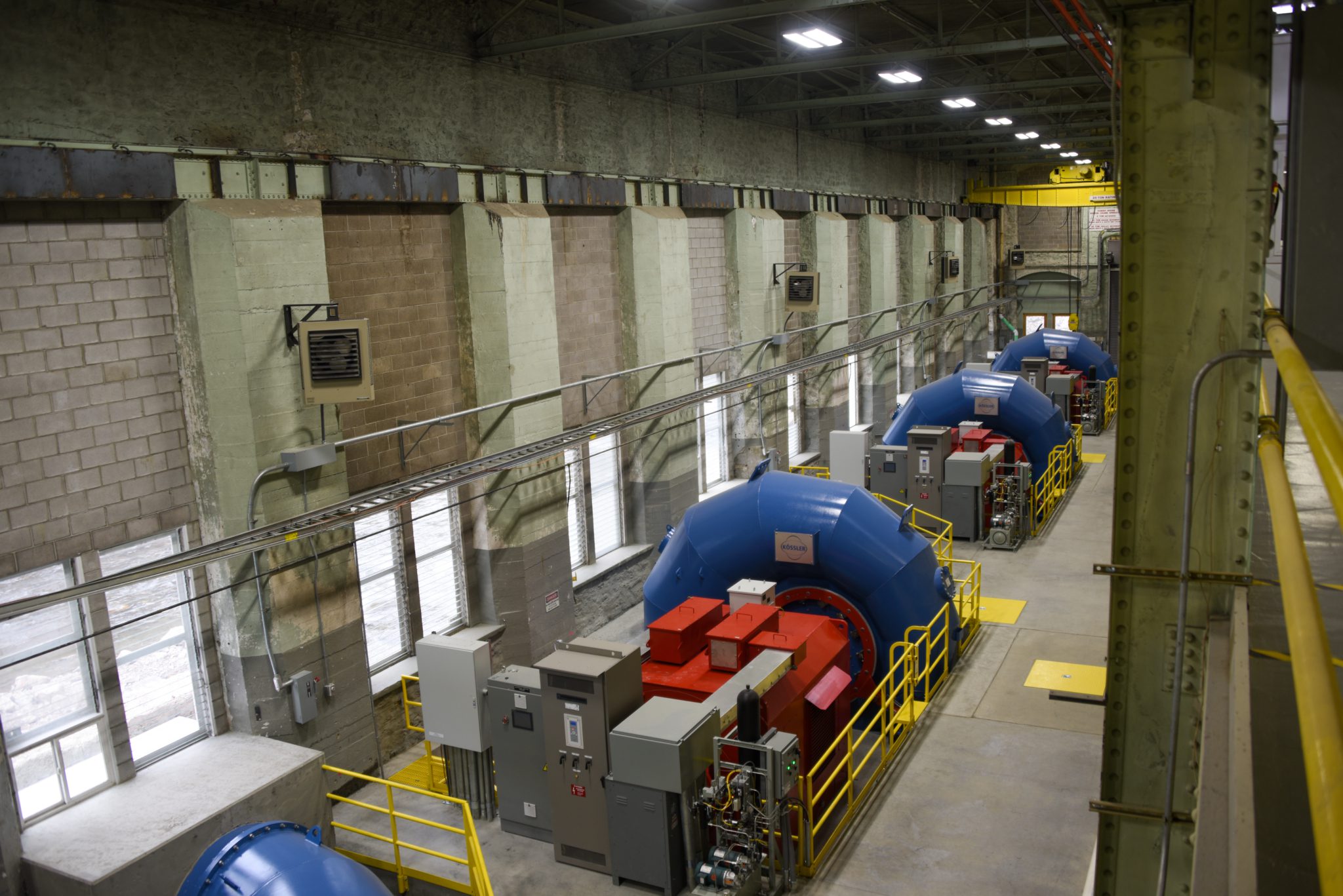
Madison powerhouse upgrades.
NorthWestern Energy has been working since we acquired our Montana hydro assets in 2014 to increase their generation capacity. We started with an analysis of each hydro facility to decide which would be cost effective to upgrade, based on the powerplants’ equipment and the rivers’ flows. We identified Madison, Hauser, Holter, Cochrane and Black Eagle as the priority candidates for upgrades.
The recent upgrade at Madison was four years in the making. We signed the contract for the new generating units in 2018. The project was slowed by the pandemic and supply chain issues, as well as unforeseen complications that go with any project that involves 100-year-old infrastructure. The new units came online in March 2022.
The old units were made up of two turbines, connected with a shared shaft to the generator. Each new unit has a single turbine.
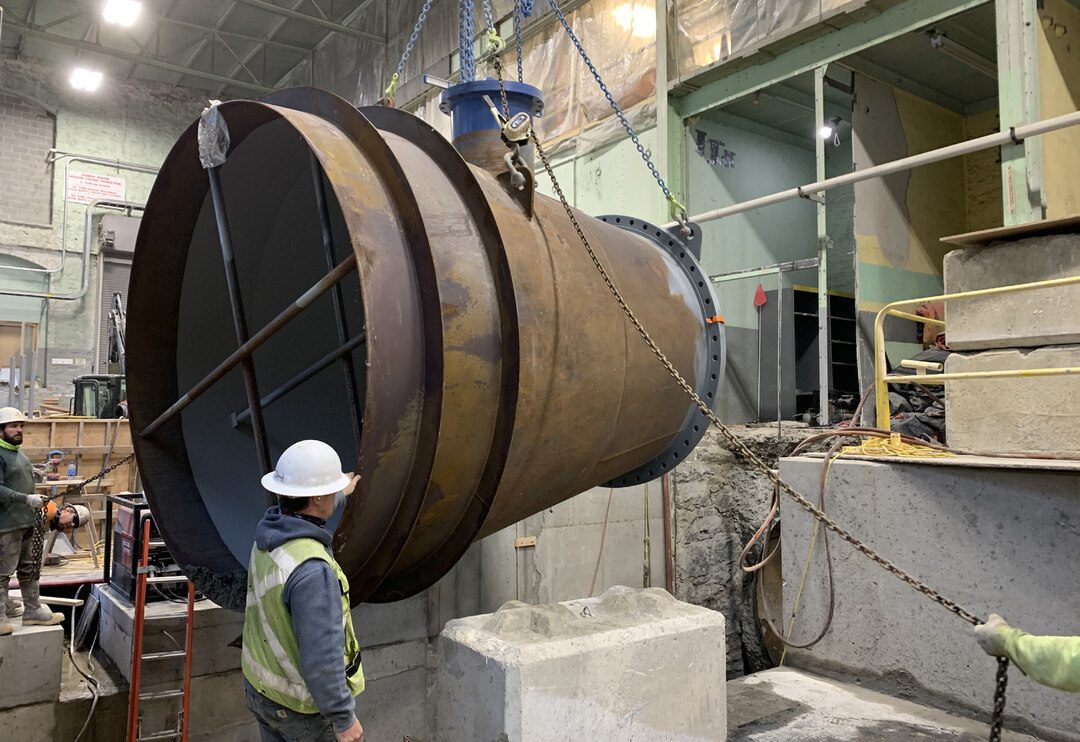
Additional upgrades to the Madison powerhouse.
“There are a lot fewer parts,” said NorthWestern Energy Engineer BJ Cope.
The generators came fully assembled.
“They arrived completely intact and factory tested,” BJ said. Each generator weighs about 50 tons. The powerhouse’s crane is rated for 25 tons, so a new crane had to be assembled to pick up the generators and put them in place.
The new generators weren’t delivered by horse, like they were a century ago, but getting them down the narrow, twisting gravel road to the powerhouse was no simple task. A special trailer was used that is broken into multiple sections, each with actuating wheels. The trailer is controlled by someone on the ground – no truck required.
The Madison Plant had undergone upgrades before, but nothing like the major overhaul just completed. Water travels from Madison Dam to the powerhouse in a 1.5 mile-long flow line that was originally built with wood staves and steel banding, much like a wooden barrel. In the early ‘90s, it was replaced with a metal flow line. The dam itself was built from wood. Wood timbers were layered and then infilled with rock. Also in the ‘90s, reinforced concrete was added over the dam. Inside the powerhouse, improvements have been made as well – updating equipment and technology, and automating processes and controls.
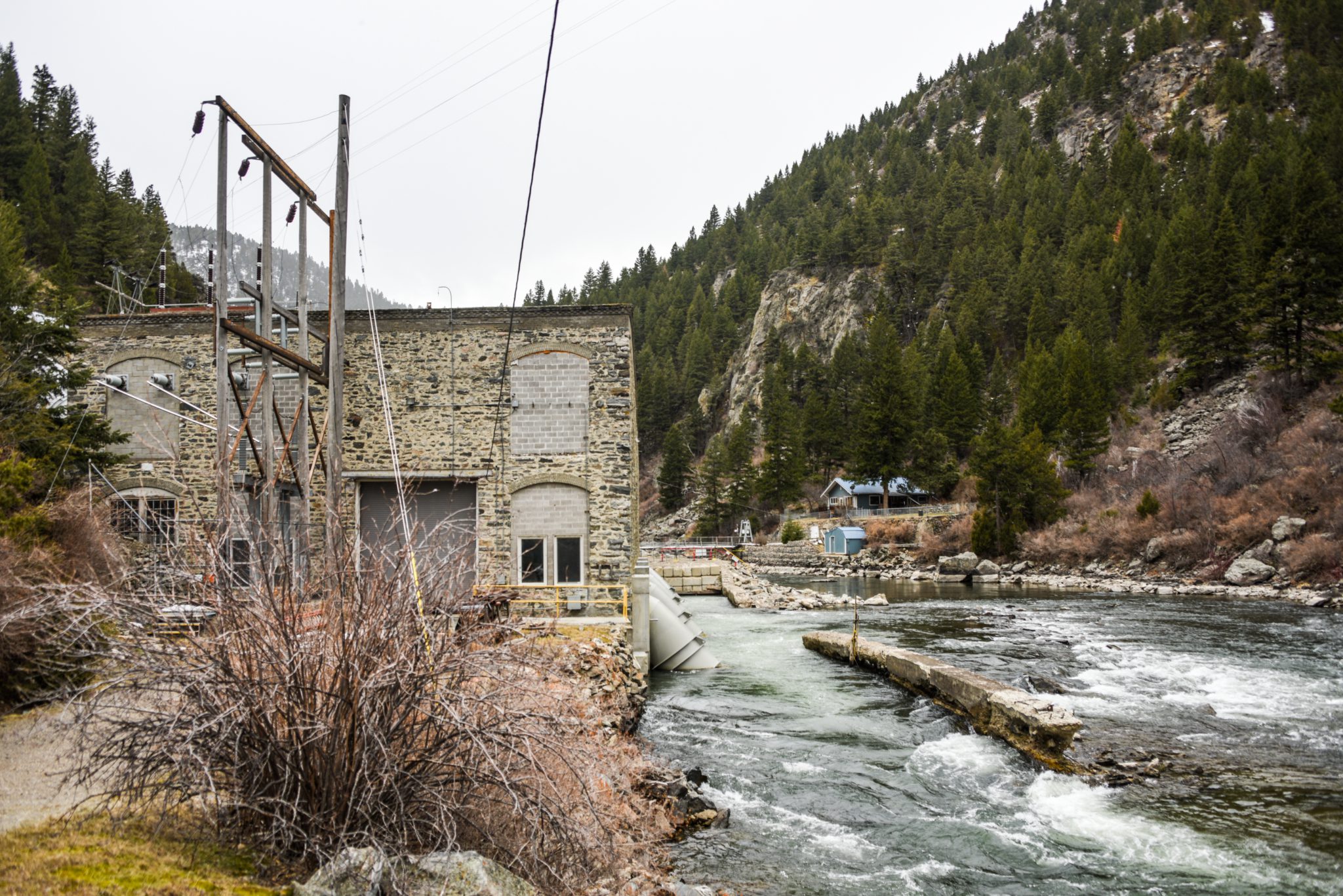
Outside view of the Madison powerhouse.
The new generator units have a lifespan of at least 50 years.
“The people who built these plants, I don’t think they anticipated people using them 100 years later,” BJ said.
According to Carrie Harris, Manager of Hydro Engineering, NorthWestern will continue to evaluate the feasibility and economics of additional generating units at our Thompson Falls and Morony Dams. If all the potential upgrades are undertaken in the next few years, our hydro generating capacity would increase by about 49 megawatts.
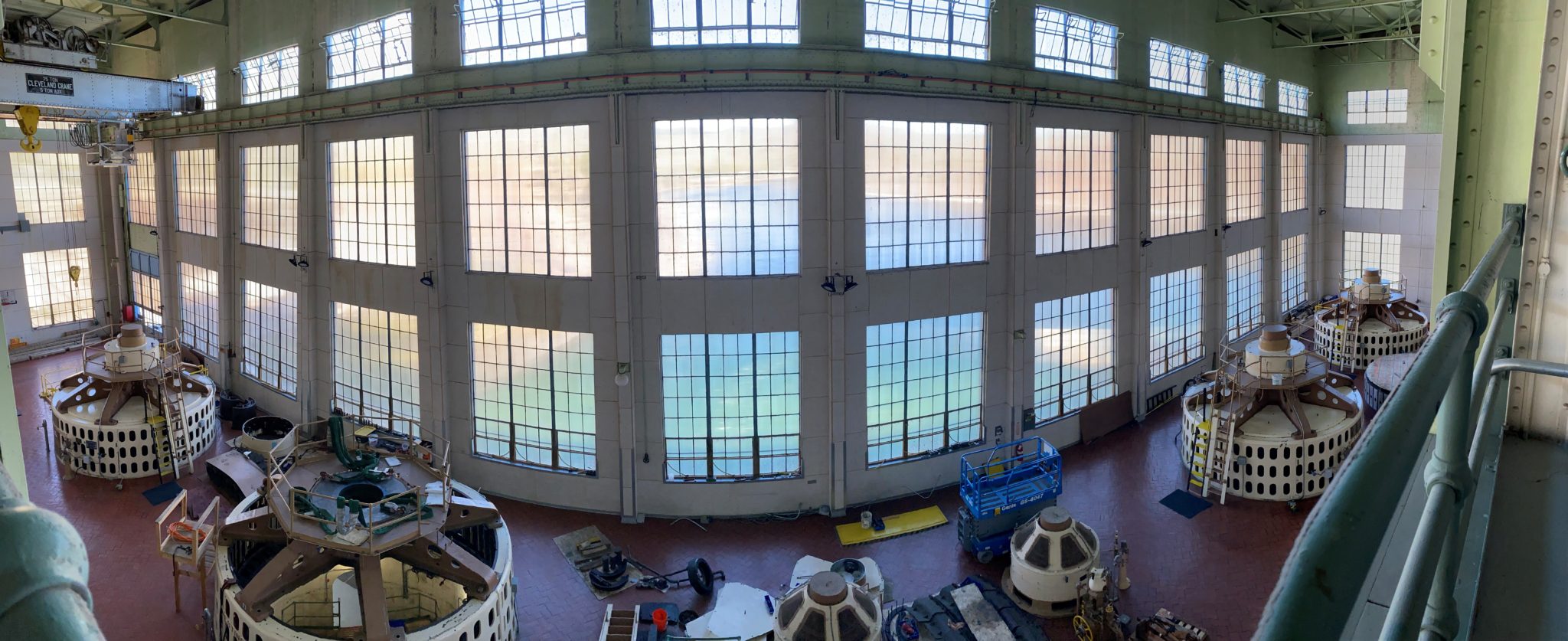
The interior of the Holter powerhouse.
Holter Powerhouse
Upgrades at Holter Powerhouse began in 2020. Most of the equipment that is being replaced is original from 1916. Once the upgrades are complete, the units will look much the same as they did in 1916. However the “guts,” including a generator stator and rotor, and turbine wheel and components, will all be new. This new equipment includes mechanics and technology that will allow the units to stop and start automatically. All four units are scheduled for an upgrade, the first of which will come online around July 1, 2022. The final unit should be completed around the end of 2025. The existing units generate 12 megawatts each, the new units will generate up to 15.3 megawatts each. The upgrades will result in the Holter plant capacity increasing by about 13 megawatts, the equivalent of adding an entire additional new unit.
The upgrades also included new conductors and insulators on the roof of the power plant in 2020-2021, five new 100-kilovolt synchronizing breakers, new metering equipment and a new differential control panel.
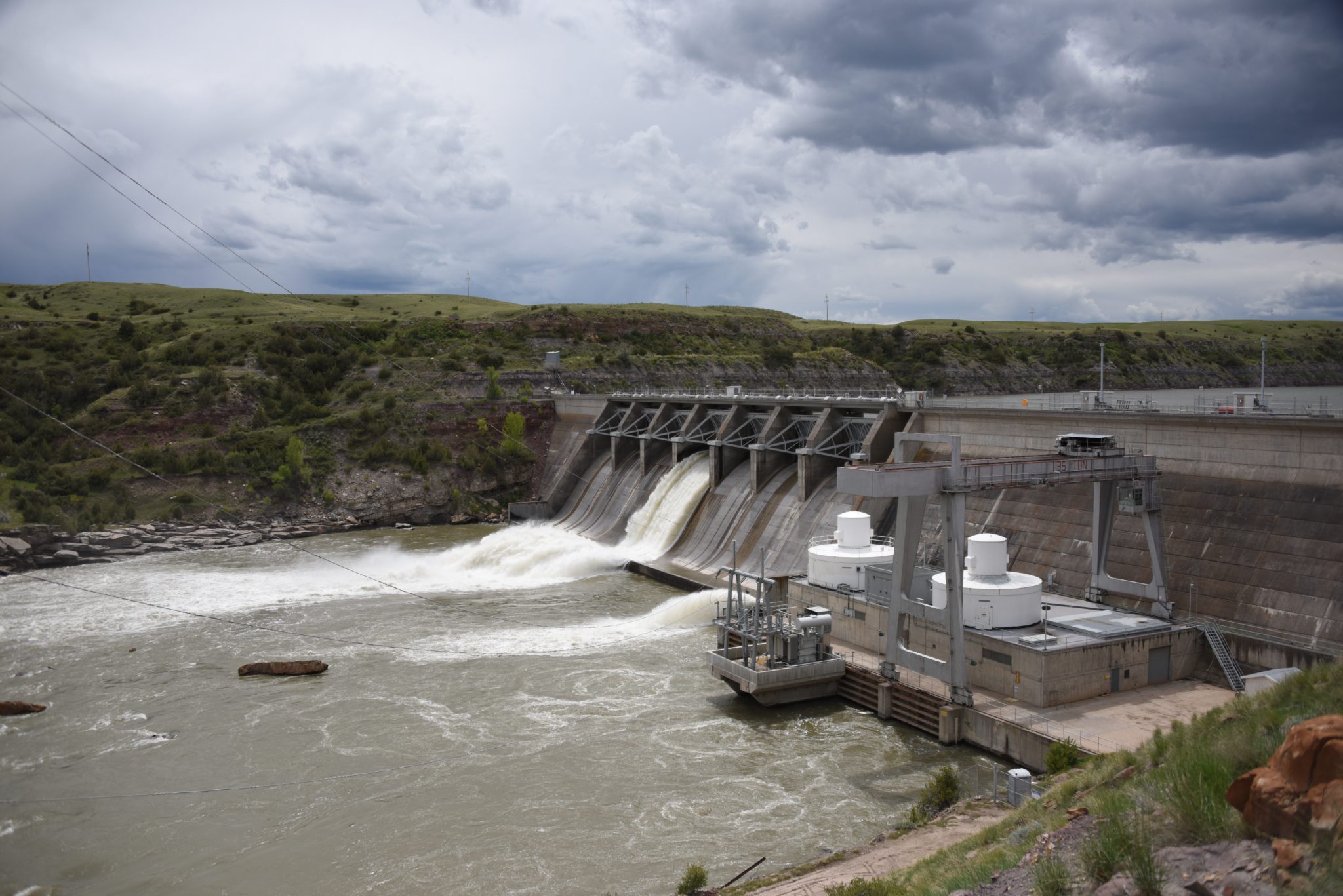
The outside of the Cochrane powerhouse.
Cochrane Powerhouse
The latest addition to the hydro upgrade portfolio occurred in late 2021 with the issuance of a contract to replace the Unit 2 turbine wheel. This upgrade will occur while the unit is offline for a generator repair and rewind. The maximum output of the unit will increase by about 2 megawatts, and the new unit will have a much broader operating range and better efficiency at all flows, thus enabling production of significantly more energy over a broader range of flows. The unit is expected to be online in early 2024.
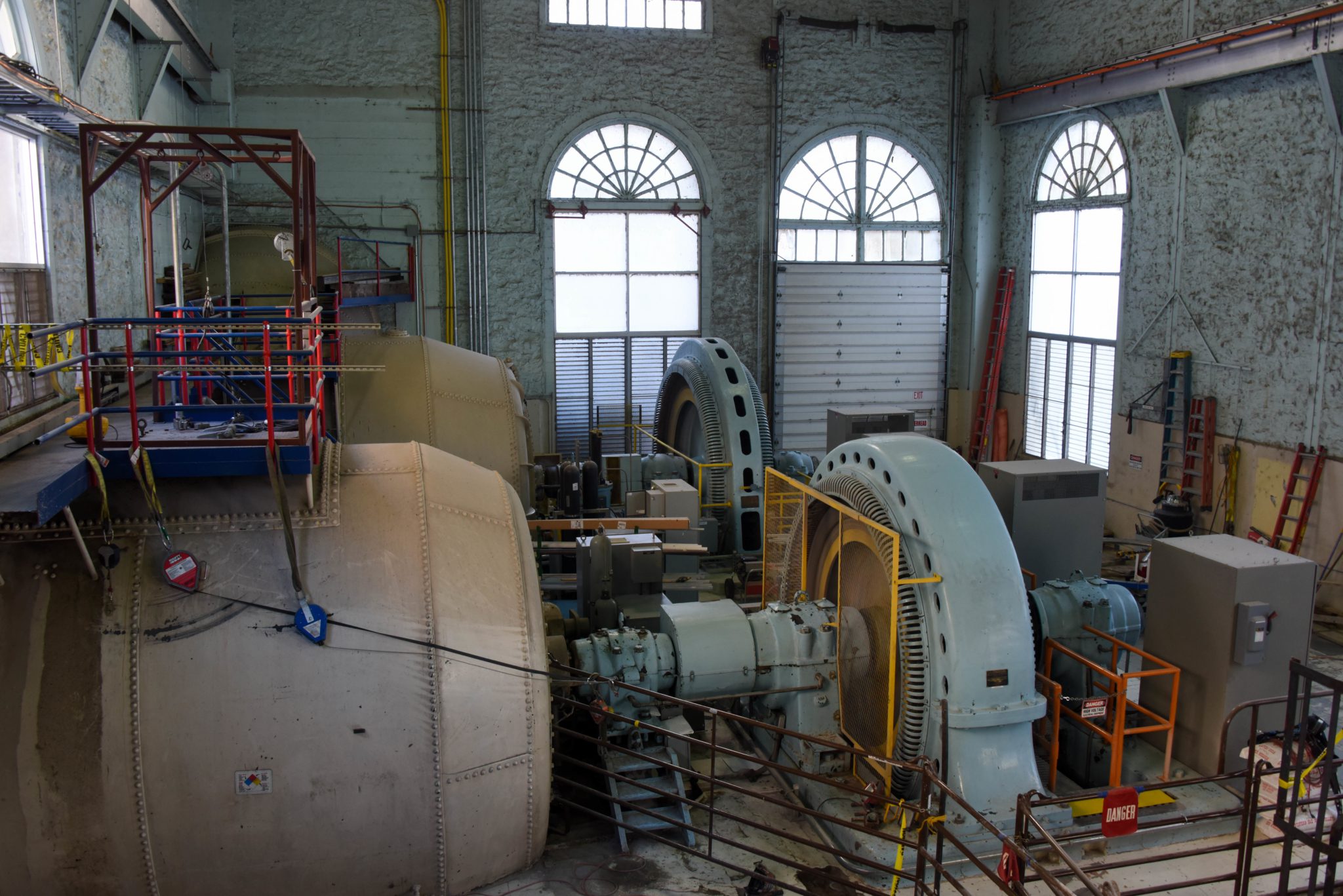
The inside of the Hauser powerhouse.
Hauser Powerhouse
The total replacement of Hauser Units 2, 4 and 5 began in 2017. The work to replace the units includes adding draft tubes to the area below the powerhouse floor that was formerly free-flowing water. The extensive civil work to install the new units creates a new turbine floor level in the former tailrace area of the powerhouse. So far, two of the three originally planned units are complete with the third unit (Unit 5), planned to be online in the fourth quarter of this year. The new units produce around 4 megawatts each (compared to the 2.6 megawatts of the old units). NorthWestern is evaluating the economic feasibility of upgrading the remaining Units 1, 3, and possibly 6 starting in 2023.
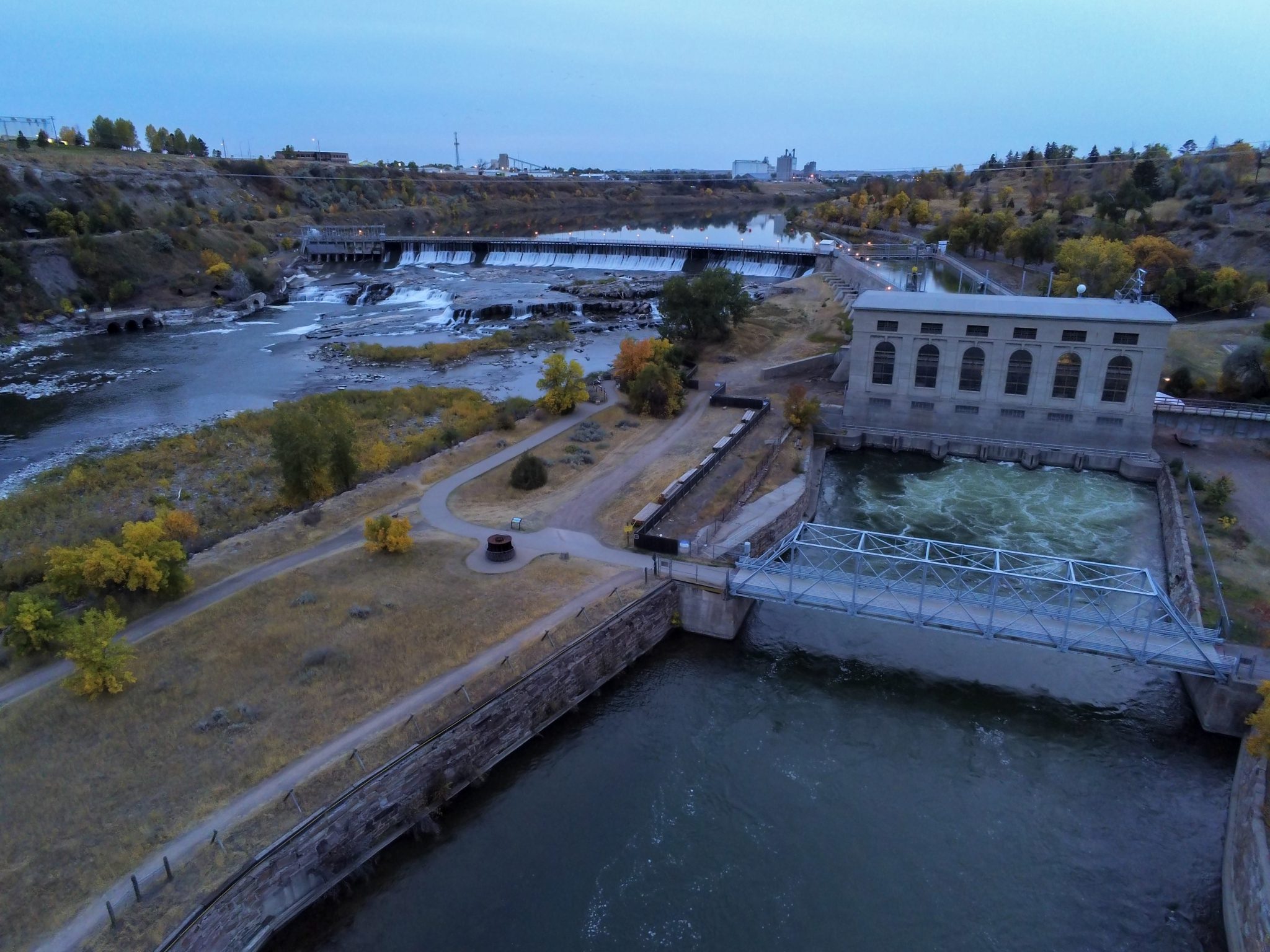
Drone shot of the Black Eagle powerhouse.
Black Eagle Powerhouse
The first Black Eagle (Unit 1) upgrade began in 2019 with project completion expected in August 2022. Once complete, we expect the maximum generation for the new unit to be around 9 megawatts, compared to the old unit’s output of 7 megawatts. A contract has been issued for the next Black Eagle unit upgrade (Unit 3)



